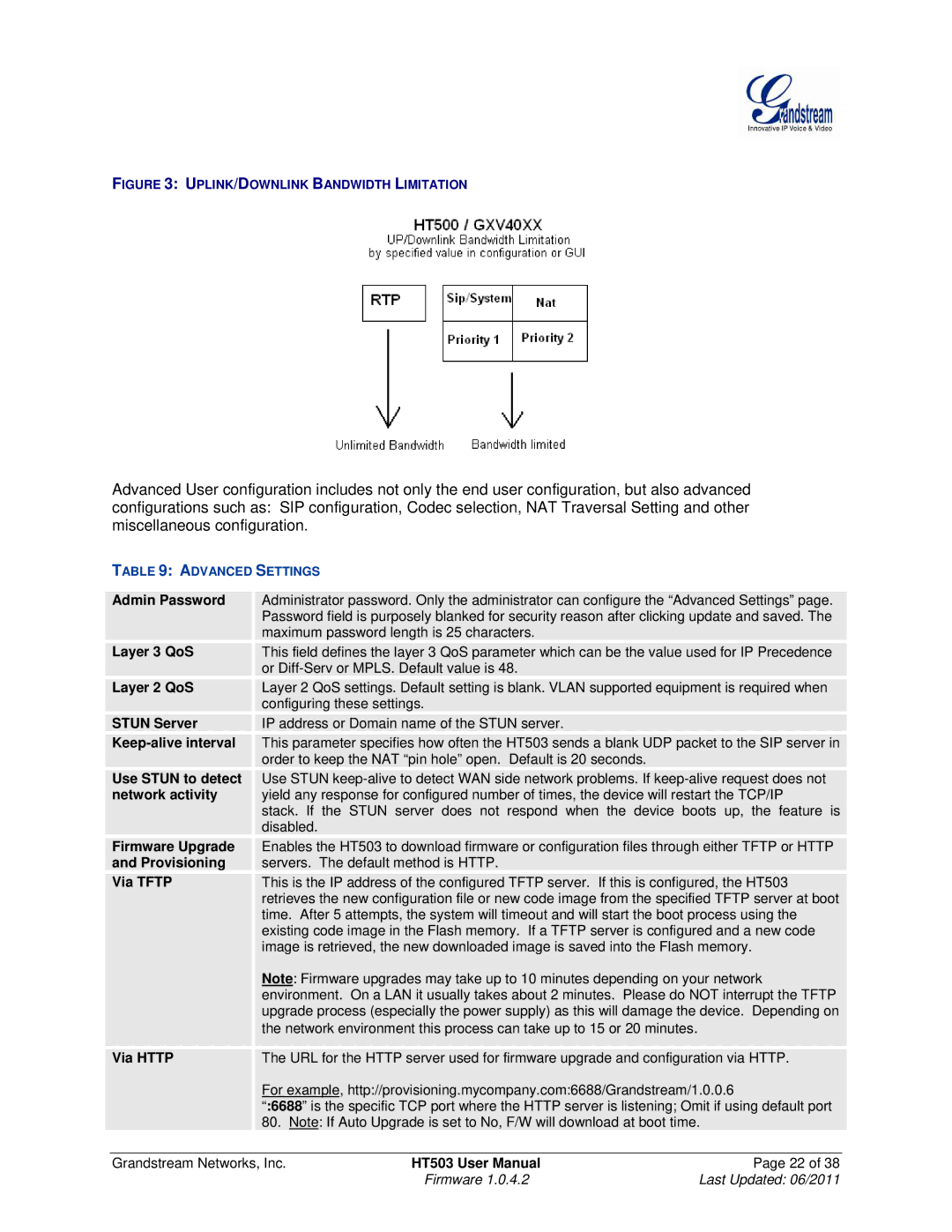
FIGURE 3: UPLINK/DOWNLINK BANDWIDTH LIMITATION
Advanced User configuration includes not only the end user configuration, but also advanced configurations such as: SIP configuration, Codec selection, NAT Traversal Setting and other miscellaneous configuration.
| TABLE 9: ADVANCED SETTINGS |
|
|
| ||
|
|
|
|
| ||
| Admin Password |
| Administrator password. Only the administrator can configure the “Advanced Settings” page. |
| ||
|
|
| Password field is purposely blanked for security reason after clicking update and saved. The |
| ||
|
|
| maximum password length is 25 characters. |
|
| |
|
|
|
|
| ||
| Layer 3 QoS |
| This field defines the layer 3 QoS parameter which can be the value used for IP Precedence |
| ||
|
|
| or |
|
| |
|
|
|
|
| ||
| Layer 2 QoS |
| Layer 2 QoS settings. Default setting is blank. VLAN supported equipment is required when |
| ||
|
|
| configuring these settings. |
|
| |
|
|
|
|
|
| |
| STUN Server |
| IP address or Domain name of the STUN server. |
|
| |
|
|
|
|
| ||
|
|
| This parameter specifies how often the HT503 sends a blank UDP packet to the SIP server in |
| ||
|
|
| order to keep the NAT “pin hole” open. Default is 20 seconds. |
|
| |
|
|
|
|
| ||
| Use STUN to detect |
| Use STUN |
| ||
| network activity |
| yield any response for configured number of times, the device will restart the TCP/IP |
| ||
|
|
| stack. If the STUN server does not respond when the device boots up, the feature is |
| ||
|
|
| disabled. |
|
|
|
|
|
|
|
| ||
| Firmware Upgrade |
| Enables the HT503 to download firmware or configuration files through either TFTP or HTTP |
| ||
| and Provisioning |
| servers. The default method is HTTP. |
|
| |
|
|
|
|
| ||
| Via TFTP |
| This is the IP address of the configured TFTP server. If this is configured, the HT503 |
| ||
|
|
| retrieves the new configuration file or new code image from the specified TFTP server at boot |
| ||
|
|
| time. After 5 attempts, the system will timeout and will start the boot process using the |
| ||
|
|
| existing code image in the Flash memory. If a TFTP server is configured and a new code |
| ||
|
|
| image is retrieved, the new downloaded image is saved into the Flash memory. |
| ||
|
|
| Note: Firmware upgrades may take up to 10 minutes depending on your network |
| ||
|
|
| environment. On a LAN it usually takes about 2 minutes. Please do NOT interrupt the TFTP |
| ||
|
|
| upgrade process (especially the power supply) as this will damage the device. Depending on |
| ||
|
|
| the network environment this process can take up to 15 or 20 minutes. |
|
| |
|
|
|
|
| ||
|
|
|
|
| ||
| Via HTTP |
| The URL for the HTTP server used for firmware upgrade and configuration via HTTP. |
| ||
|
|
| For example, http://provisioning.mycompany.com:6688/Grandstream/1.0.0.6 |
| ||
|
|
| “:6688” is the specific TCP port where the HTTP server is listening; Omit if using default port |
| ||
|
|
| 80. Note: If Auto Upgrade is set to No, F/W will download at boot time. |
| ||
|
|
|
|
|
|
|
| Grandstream Networks, Inc. | HT503 User Manual | Page 22 of 38 |
| ||
|
|
|
| Firmware 1.0.4.2 | Last Updated: 06/2011 |
|
